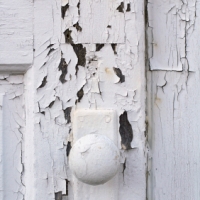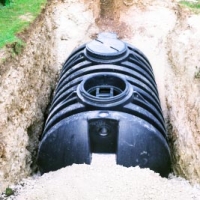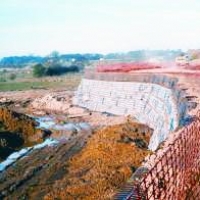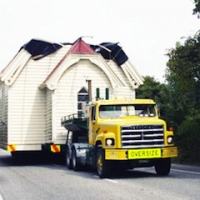Manholes and Structures
Wed, Oct 14, 2009Manholes allow personnel access to buried utilities for inspection and maintenance.� Manholes are an integral part of buried sanitary sewer and storm sewer systems, but larger electrical, telecommunications, and steam distribution systems may also be constructed with manhole access.
Manholes are placed in gravity flow (storm and sanitary) sewer systems at changes in pipe size and slope, as a node where sewer lines join, and wherever single lines change direction.� Additionally, there are general rules for manhole spacing in sewer systems based on pipe diameter.� For sewer pipes of 15 inches or less, manhole spacing is typically 300-400 feet or less.� For larger pipe diameters, recommended manhole spacing increases to about 500 feet minimum.� The recommended distance may be further increased if the pipes between manholes are of large enough dimensions to allow a person to walk through.









